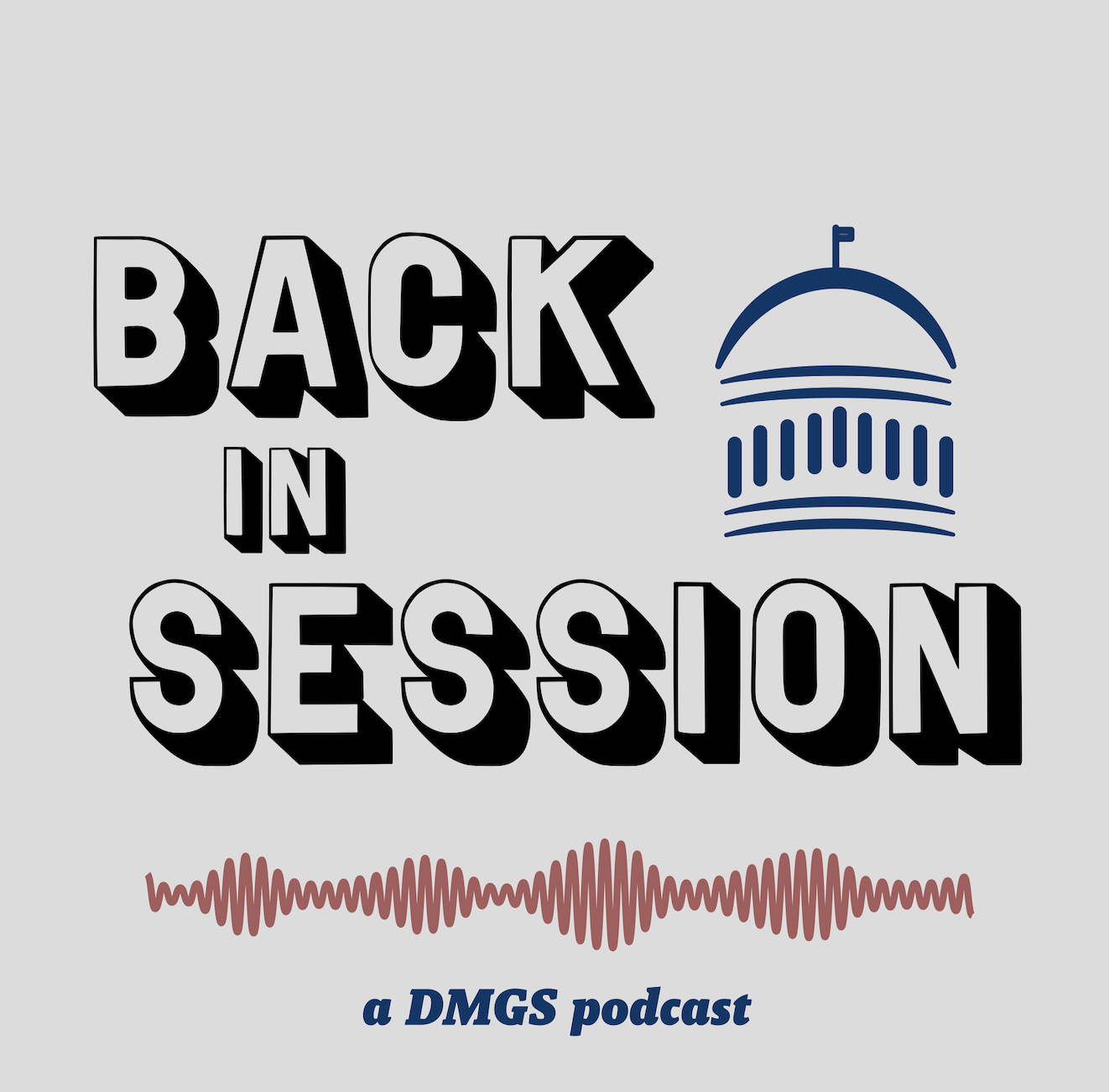
Between February 28 and March 9, 2020, the National Association of Manufacturers surveyed its member companies on the impact of the COVID-19 outbreak, asking 558 respondents about effects on supply chains and operations, financial expectations, and emergency response plans.[1] Of the respondents, 78.3% Anticipate a Financial Impact, 53.1% Anticipate a Change in Operations, and 35.5% are Facing Supply Chain Disruptions.[2]
According to PwC, the top three concerns of the manufacturing industry regarding COVID-19 are the financial impact, including effects on results of operations, future periods and liquidity and capital resources (71%), potential global recession (64%), and the effects on workforce/reduction in productivity (41%).[3]
Centers for Disease Control (CDC) Recommendations
CDC supplies guidance to manufacturing and industrial facilities to avoid the continuing spread and transmission of COVID-19. In addition to instructing these facilities to follow previously related public health and critical infrastructure recommendations for COVID-19 safety, the CDC also provides guidance specifically for the industrial and manufacturing fields.
To minimize exposure risk among manufacturing workers, CDC highlights the following variables in workplaces:
- Distance between workers – Manufacturing workers often work close to one another on production or assembly lines. Workers may also be near one another at other times, such as when clocking in or out, during breaks, or in locker/changing rooms.[4]
- Duration of contact – Manufacturing workers often have prolonged closeness to coworkers (e.g., for 8–12 hours per shift). Continued contact with potentially infectious individuals increases the risk of SARS-CoV-2 transmission.[5]
- Type of contact – Manufacturing workers may be exposed to the infectious virus through respiratory droplets in the air—for example, when workers in a plant who have the virus cough or sneeze. It is also possible that exposure could occur from contact with contaminated surfaces or objects, such as tools, workstations, or break room tables. Shared spaces such as break rooms, locker rooms, and entrances/exits to the facility may contribute to their risk.[6]
- Other distinctive factors for increased risk:
- A common practice at some workplaces of sharing transportation such as ride-share vans or shuttle vehicles, car-pools, and public transportation.[7]
- Frequent contact with fellow workers in community settings in areas where there is ongoing community transmission.[8]
After naming and assessing where a facility falls in terms of CDC risk factors, facilities should develop a control plan to minimize risks. CDC based worker infection prevention recommendations on the hierarchy of controls to guide this process.[9] This approach groups actions by their effectiveness in reducing or removing hazards, such as:[10]
- Eliminate hazards or processes from workplace responsibilities[11]
- Install engineering controls, meaning physically manipulate the environment in which workers are performing tasks[12]
- Implement proper cleaning, sanitation, and disinfection practices to reduce exposure or shield workers[13]
- Administrative controls, which are changes to the way people work, are also an important part of an approach to prevention in these workplaces[14]
Occupational Safety and Health Administration (OSHA) Recommendations
OSHA currently does not have specific regulations or oversight regarding infectious disease control in the workplace. In this absence, OSHA has issued the following guidance for the manufacturing industry workplace, much of which is reflective of CDC recommendations:
- Encourage workers to stay home if they are sick.[15]
- Establish flexible work hours (e.g., staggered shifts), if possible.[16]
- Practice sensible social distancing and maintain six feet between coworkers, where possible.
- For work activities where social distancing is a challenge, consider limiting the duration of these activities or implementing innovative approaches, such as temporarily moving or repositioning workstations to create more distance or installing barriers (e.g., plexiglass shields) between workstations.[17]
- Monitor public health communications about COVID-19 recommendations for the workplace and ensure that workers have access to and understand that information.[18]
- Train workers on how to properly put on, use/wear, take-off, and maintain protective clothing and equipment.[19]
- Allow workers to wear masks over their nose and mouth to prevent the spread of the virus.[20]
- Encourage respiratory etiquette, including covering coughs and sneezes.[21]
- Discourage workers from using other workers’ tools and equipment.[22]
- Use Environmental Protection Agency-approved cleaning chemicals from List N or that have label claims against the coronavirus.[23]
- Promote personal hygiene.[24] If workers do not have access to soap and water for handwashing, provide alcohol-based hand rubs containing at least 60 percent alcohol.[25] Provide disinfectants and disposable towels workers can use to clean work surfaces.[26]
- Encourage workers to report any safety and health concerns.[27]
[1] https://www.nam.org/coronasurvey/
[2] https://www.nam.org/coronasurvey/
[3] https://www.pwc.com/us/en/library/covid-19/coronavirus-impacts-industrial-manufacturing.html
[4] https://www.cdc.gov/coronavirus/2019-ncov/community/guidance-manufacturing-workers-employers.html
[5] Ibid.
[6] Ibid.
[7] Ibid.
[8] Ibid.
[9] Ibid.
[10] Ibid.
[11] Ibid.
[12] Ibid.
[13] Ibid.
[14] Ibid.
[15] https://www.osha.gov/Publications/OSHA4002.pdf
[16] Ibid.
[17] Ibid.
[18] Ibid.
[19] Ibid.
[20] Ibid.
[21] Ibid.
[22] Ibid.
[23] Ibid.
[24] Ibid.
[25] Ibid.
[26] Ibid.
[27] Ibid.
Latest News
Photo credit: iStock.com/naturalbox The debate over raw milk legislation has intensified in 2024, with several states introducing or passing bills that address the sale and distribution of unpasteurized dairy products. Raw milk has not undergone [...]
In this episode of the Back in Session podcast, hosts Ryan Stevens and Ryan DeMara sit down with Terra McClelland, President of the State Government Affairs Council (SGAC) and Vice President of Government and External [...]
Photo credit: iStock.com/Vladyslav Horoshevych Vaping has become increasingly popular among school-age Americans. A recent study found that 2.5 million U.S. youth vape. Relative to other nicotine products, young adults commonly prefer battery-operated devices like e-cigarettes, [...]
Photo credit: iStock.com/sittithat tangwitthayaphum State legislators have grappled with policies surrounding physicians offering life-ending care to terminally ill patients for many years. Life-ending care enables medical providers to go further than just making patients who [...]






Stay In Touch